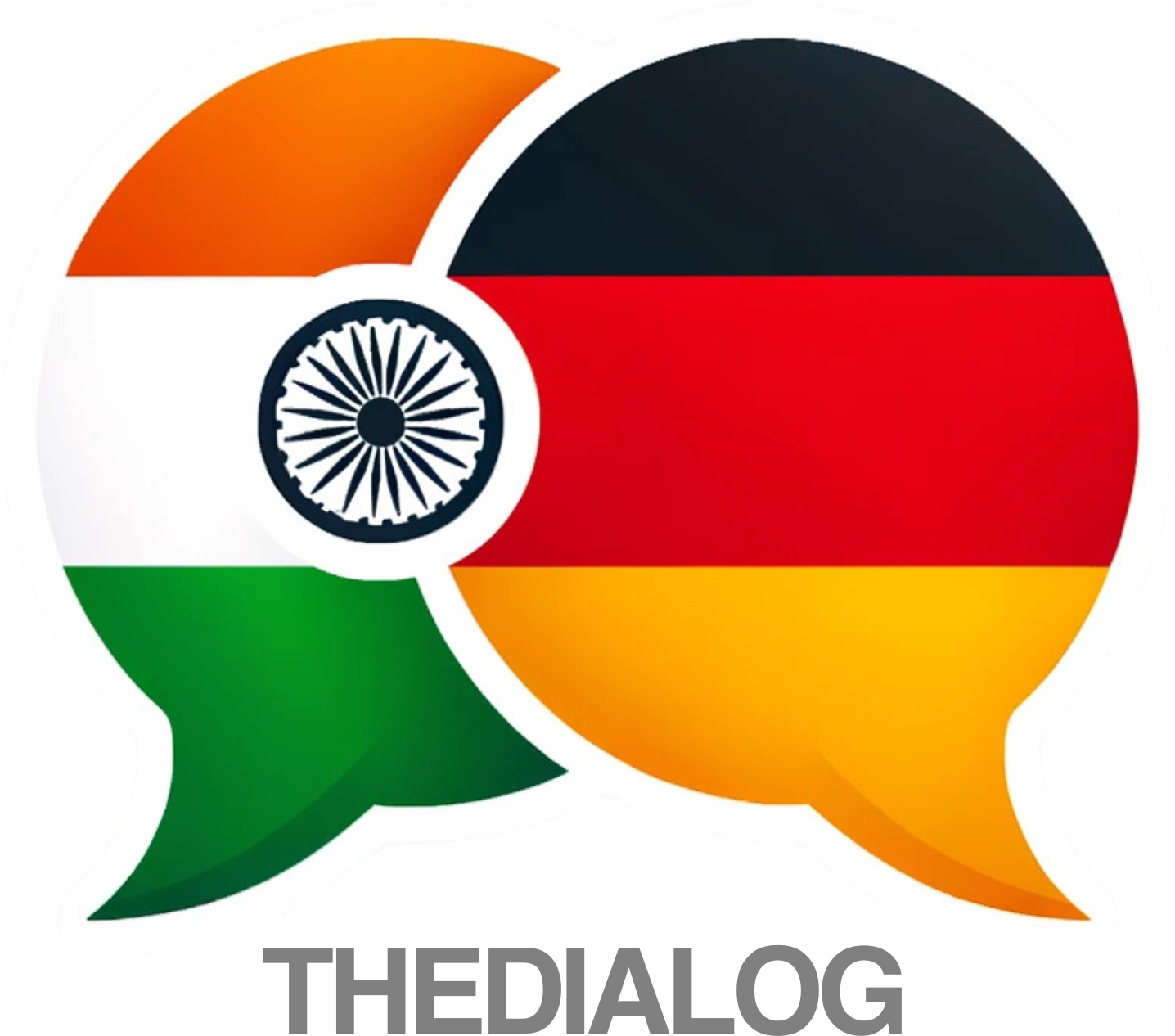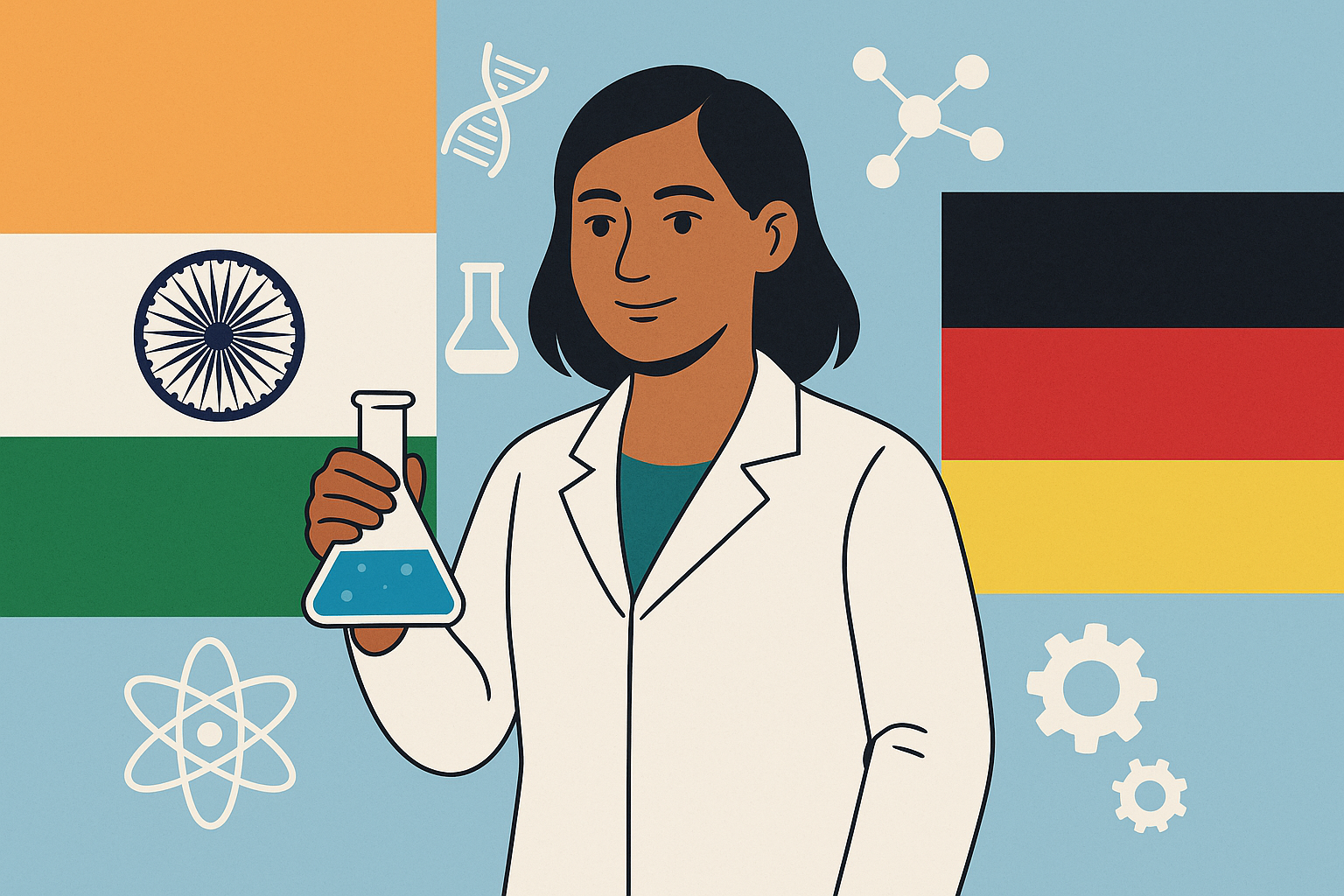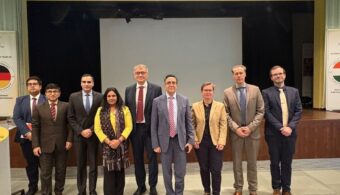Forty women scientists from India and Germany have been chosen under the Women Involvement in Science and Engineering Research (WISER) initiative, a programme of the Indo-German Science & Technology Centre (IGSTC)—jointly supported by India’s Department of Science and Technology (DST) and Germany’s Federal Ministry of Education and Research (BMBF).
The researchers, paired into 20 Indo-German teams, will work over the next three years across more than 35 institutions, tackling global challenges in over 20 advanced STEM fields ranging from astrophysics, AI, and quantum optics to planetary sciences, AgriTech, and biomedical sensors.
According to IGSTC, WISER is not only about advancing research in cutting-edge domains but also about “strengthening Indo-German scientific collaboration, fostering innovation, and championing gender equity in STEM.”
A Broader Push for Women in Science
Launched in 2021, WISER supports mid-career women researchers holding long-term positions in either country. The scheme offers funding for project work, consumables, staff (for Indian awardees), and short research stays in the partner country. Grants are capped at ₹39 lakh for Indian principal investigators and €48,000 for German counterparts.
“WISER is the first-of-its-kind programme to provide lateral entry for women researchers into ongoing Indo-German projects,” DST said in a statement at the time of its launch, adding that it would “enable gender equality and strengthen the pool of women scientists working on global challenges.”
The initiative responds to persistent gender gaps in science and technology careers, offering a structured framework to enhance mobility, collaboration, and leadership opportunities.
A Longstanding Scientific Partnership
While WISER is relatively new, the India–Germany science and technology partnership spans decades. Since IGSTC’s creation in 2010, joint projects have ranged from materials science and renewable energy to biotechnology and digital technologies. Women researchers have been part of these collaborations—though often in smaller numbers—long before targeted programmes like WISER existed.
The first WISER awards, announced in 2023, supported 10 Indian and two German women scientists, setting the stage for the much larger cohort selected in 2025.
Historic and Cultural Foundations
Indo-German scholarly ties in STEM and beyond are rooted in a broader history of academic and cultural exchange. German Indologist Betty Heimann, the first woman in Germany to habilitate in Indology, and journalist-environmentalist Gisela Bonn, recipient of India’s Padma Shri in 1990, were among the early figures to bridge the two nations academically and culturally.
In recent decades, Indo-German women scientists have co-led research in climate change modelling, advanced materials, biomedical innovations, and sustainable agriculture. Academic mobility programmes such as the DAAD fellowships and DST-DAAD partnerships have been critical in enabling these collaborations.
Milestones in Indo-German Women in STEM Collaboration
1950s–60s – Earliest Indo-German academic exchanges, with women researchers participating in both science and humanities.
1970s–80s – Women co-investigators contribute to early bilateral projects in environmental science and chemistry.
1990 – Gisela Bonn awarded India’s Padma Shri for fostering Indo-German understanding.
2000s – DAAD expands targeted fellowships for women in STEM.
2010 – IGSTC established, formalising bilateral R&D cooperation.
2021 – WISER launched to promote gender equity in Indo-German research.
2023 – First WISER awards to 12 women scientists.
2025 – Record 40 women selected to form 20 cross-national STEM research teams.
Expanding the Horizon
With the 40 new WISER awardees set to work in diverse, high-impact domains, the programme is seen as both a symbolic and practical step toward achieving parity in global science.
“By combining long-standing institutional ties with targeted support for women, the Indo-German research corridor can deliver not just scientific breakthroughs, but also a more inclusive model for international collaboration,” an IGSTC spokesperson said.



